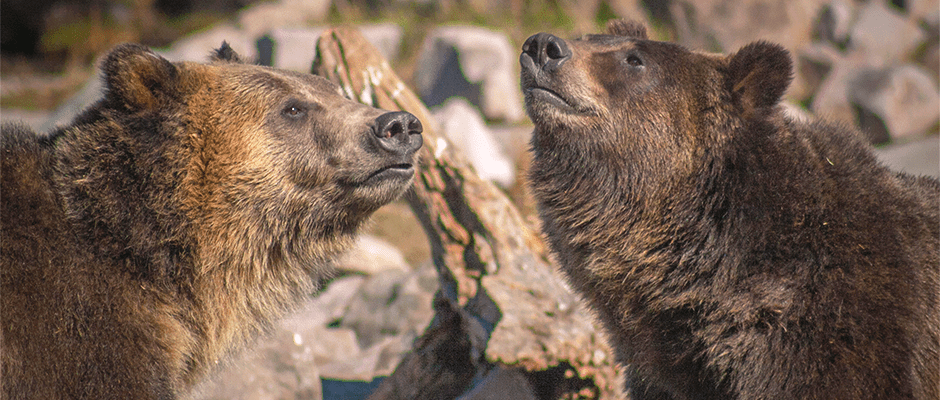Share this article
Federal courts weigh in on horses, grizzlies and sage-grouse
Federal court decisions in three recent cases illustrate the complexity of the intersection between scientific wildlife management, public opinion and the judicial system. The Pryor Mountain wild horses (Equus caballus), Yellowstone area grizzly bears (Ursus arctos horribilis) and sage-grouse (Centrocercus urophasianus) along the California-Nevada state line have all been mired in court decisions and politics for years, with new developments in the last month for all three circumstances.
A federal district judged halted a planned gather of wild horses from the Wyoming-Montana border Sept. 5. Though ecologically feral animals, they are managed according to the federal Wild Free-Roaming Horses and Burros Act, designating them as “wild.” In response to a lawsuit filed by The Cloud Foundation, the judge ordered the Bureau of Land Management not to go forward with the planned gather and removal of horses from the Pryor Mountain Wild Horse Range.
BLM had been planning to remove 17 of the approximately 150 horses from that area and offer them up for adoption. BLM officials have determined the herd is too large for the arid and sparsely vegetated 59-square mile area, while The Cloud Foundation posits that removing the 17 animals would adversely affect the genetics of the herd. A hearing has been set for Sept. 28. Drought conditions are affecting feral horse populations across the West and requiring increasingly intense management.
On Aug. 30, a federal judge blocked the scheduled opening of the the first grizzly bear hunt in over four decades in Idaho and Wyoming. The U.S. Fish and Wildlife Service again declared the Yellowstone region bears recovered last year. Since that announcement, a number of lawsuits have been filed challenging FWS’ decision, which have been consolidated into one case. While the court has not yet ruled on the merits of that case, the opening of the hunting season in Wyoming and Idaho prompted it to temporarily delay the hunt for four weeks. The hunt is scheduled to run until Nov. 15.
In a third case, a federal judge in California vacated FWS’s 2015 decision not to list the greater sage-grouse population along the California-Nevada border under the Endangered Species Act. The Center for Biological Diversity and other groups brought suit against FWS, arguing that the bi-state population of greater sage-grouse is still in danger due to the same threats identified by FWS when it proposed listing the population as threatened in 2013, namely habitat loss from urbanization, conifer encroachment and changing wildfire patterns. The court ordered that FWS provide an additional opportunity for public comment and issue a new final rule by Oct. 19.
Read more about feral horses in this TWS issue statement.
Read The Wildlife Society’s Final Position Statement Delisting of Grizzly Bears in the Greater Yellowstone Area.
Header Image: ©David Bush








